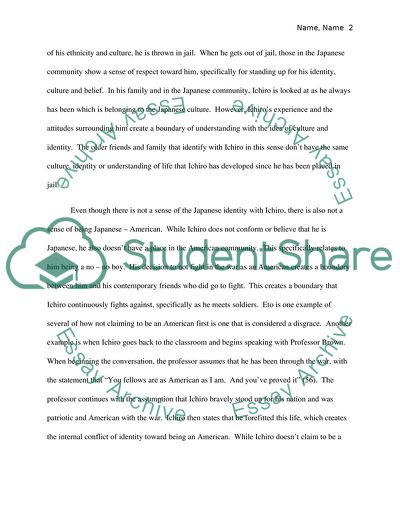Cite this document
(“Analytic Book Essay on the Novel No No Boy by John Okada”, n.d.)
Retrieved from https://studentshare.org/literature/1563857-analytic-book-essay-on-the-novel-no-no-boy-by-john-okada
Retrieved from https://studentshare.org/literature/1563857-analytic-book-essay-on-the-novel-no-no-boy-by-john-okada
(Analytic Book Essay on the Novel No No Boy by John Okada)
https://studentshare.org/literature/1563857-analytic-book-essay-on-the-novel-no-no-boy-by-john-okada.
https://studentshare.org/literature/1563857-analytic-book-essay-on-the-novel-no-no-boy-by-john-okada.
“Analytic Book Essay on the Novel No No Boy by John Okada”, n.d. https://studentshare.org/literature/1563857-analytic-book-essay-on-the-novel-no-no-boy-by-john-okada.


